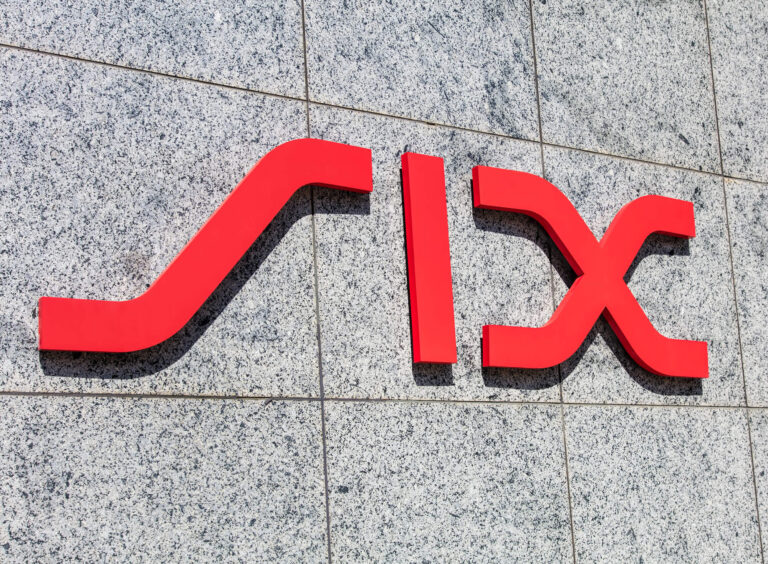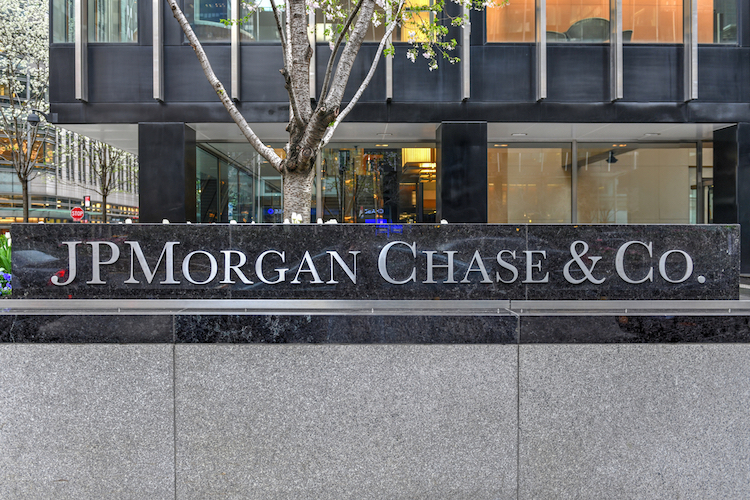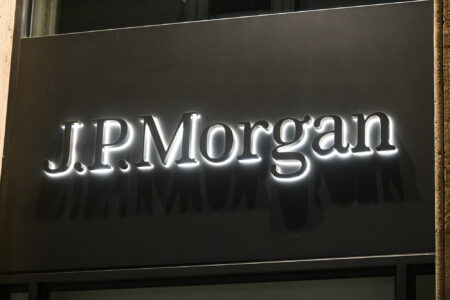The Swiss Stock Exchange (SIX) and asset management group Pictet launch a successful pilot for the tokenization of corporate bonds on the SDX.
SIX Group and Banque Pictet & Cie SA have announced the successful completion of a joint pilot project. In the project, corporate bonds denominated in euros and Swiss francs were tokenized and partially allocated to portfolios managed by Pictet Asset Management. The issuance was carried out via the regulated SIX Digital Exchange (SDX), including custody through SIX, according to a press release.
New potential through tokenization
For the first time, the pilot project enables the decomposition of traditional bonds into fractional tokens (fractionalization), allowing for finer segmentation and greater diversification. Through automatic rebalancing, portfolio managers can implement tailor-made investment strategies that would be difficult to achieve within conventional structures – a major advancement for asset managers.
The bonds were held in SIX’s custody system and tokenized on the DLT-based SDX platform. This infrastructure enables regulated on-chain handling of traditional financial products without altering their legal nature. For the first time, a fully regulated workflow is available, covering issuance, trading, and settlement.
David Newns (Head of SDX) called the project a “milestone for tokenized securities” and sees it as the beginning of more efficient and scalable asset solutions. The new approach makes it easier to take on smaller exposures in corporate bonds and boosts interest in digital financial infrastructure among banks and funds.
Digitalization as a game changer
The pilot project is part of the global tokenization movement – similar to initiatives in Australia or the Citi/SDX project for pre-IPO equities. At the same time, Hester Peirce from the US SEC cautions that tokenized securities must still be treated as securities under the law – blockchain does not change regulation.
Particularly for the retail fund market, the model represents a potentially disruptive step. Asset managers will in the future be able to use fractionalized products at the push of a button to pursue smaller or more specialized strategies. Another benefit is the automation of rebalancing processes – from entry to distribution.








